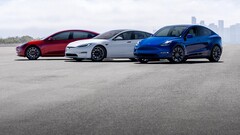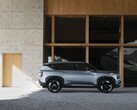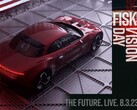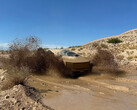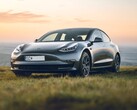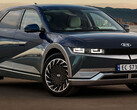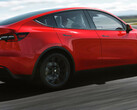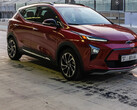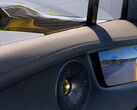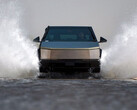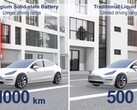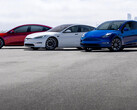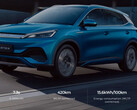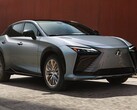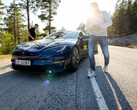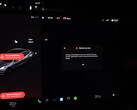Tesla deliberately left battery charge enough for traveling 15 more miles on average even after the dashboard battery charge indicator drops to zero. This tidbit is tucked in the Reuters investigation claiming that early in its ascent Tesla oversold the range estimate shown on the dashboard on purpose.
"Teslas were designed with a 'safety buffer,' allowing about 15 miles (24 km) of additional range even after the dash readout showed an empty battery," according to an insider who reportedly knows how the dashboard range estimate software was concocted earlier in Tesla's history.
While many a Tesla owner would attest to the fact that their cars could travel a bit further even after the battery indicator showed zero, it has not been previously reported that Tesla was doing this on purpose. Apparently, the 15-mile safety buffer was preprogrammed to cover for the overly generous estimates shown on the dashboard for marketing purpose at a full battery charge.
The range estimate was set to become more realistic only after the battery charge dropped to 50%, which could lead to errors in planning and stranded drivers, so Tesla programmed that extra range at 0% readout to squeeze them home or to the next charger just in case.
This move seems to be independent from a recent test on its base models with LFP battery. There, Bjorn Nyland showed that his Tesla Model 3 managed 35 miles of extra range after its LFP battery charge display dropped to zero. The LFP battery pack requires a certain procedure to calibrate and reflect range correctly as Tesla advises that it is charged to 100% at least once per week to avoid erratic leftover capacity reports.
The LFP battery's phosphate chemistry allows for a full charge without worries about quicker degradation like the nickel ones Tesla puts in its more expensive vehicles, said Elon Musk one time when asked about its advantages and drawbacks:
The main differences for you to consider are that the LFP battery has a slightly shorter range, 253 miles, as opposed to the NCA battery, 263 miles. But that slight difference in range is deceptive. The NCA battery probably shouldn't be charged to 100%. Fully charging the battery causes damage to the battery making it likely to deteriorate over the years of ownership. It's perfectly fine to charge the LFP battery to 100% so the driver experience is pretty much the same except for a couple caveats.




